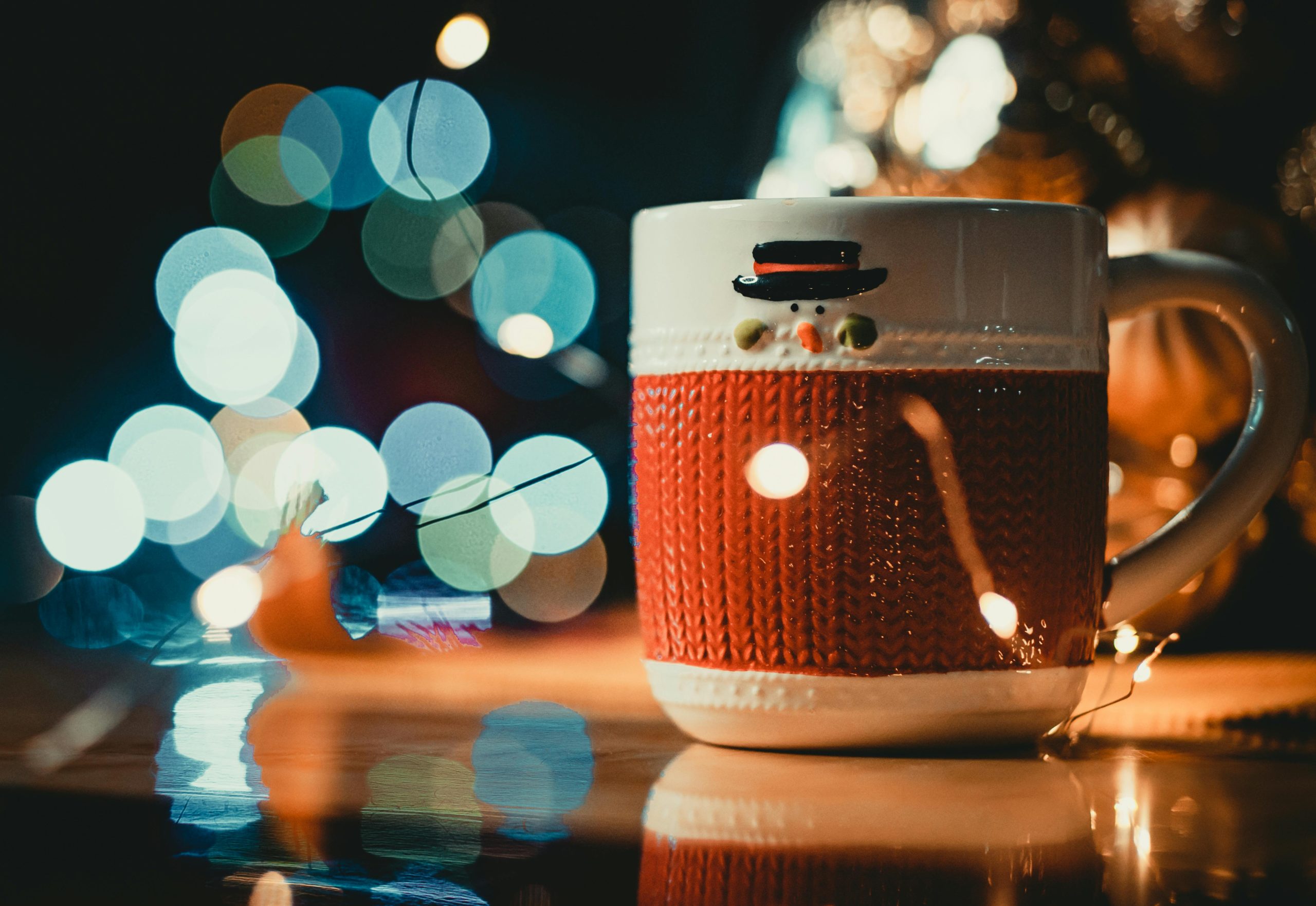Troubleshooting Red Lights on Your Graphics Card: A Guide
Are you experiencing issues with your newly installed graphics card? If you’ve recently set up an ROG Strix Nvidia GeForce RTX 3060 Ti and encountered red lights indicating a power problem, you’re not alone. In this blog post, we’ll help you understand the potential causes of the issue and suggest some solutions to get your system back up and running.
Understanding the Red Lights
After a successful installation of your graphics card, it’s disheartening to find it unresponsive upon returning home. Two red lights illuminating near the power supply connections likely indicate a problem with power delivery to the GPU. Here are a few common explanations for these warning lights:
-
Power Connection Issue: Double-check that the power cables are securely connected to both the GPU and the power supply unit. If they are loose, it could prevent the graphics card from receiving adequate power.
-
Faulty Power Supply: While your Corsair RM 850W power supply is reputable, it could still malfunction. Verify that the power supply unit (PSU) is functional. You might want to test it with another system or use a PSU tester if available.
-
Insufficient Power Supply: Although 850W should be sufficient for your setup, it’s essential to ensure that your system isn’t drawing too much power from the PSU due to other components or overclocking settings.
-
Graphics Card Defect: There is always a possibility that the graphics card itself may be defective. If none of the above solutions resolve the issue, consider testing it in another PC to determine whether the problem persists.
-
Motherboard Compatibility: Ensure that your motherboard is compatible with the RTX 3060 Ti. Check for any necessary BIOS updates or settings that may need adjustment.
Steps to Diagnose the Issue
To determine the exact cause of the red lights, follow these troubleshooting steps:
-
Reseat All Connections: Power down your system, disconnect it from the wall, and carefully reseat the power connectors to the graphics card. Remove and reinsert the GPU into its slot on the motherboard.
-
Test with Minimal Setup: Disconnect all non-essential peripherals and components, leaving only the CPU, RAM, and GPU connected. This can help isolate the issue.
-
Check for Overheating: Ensure that the GPU fans are operational and that there are no obstructions for airflow that could cause overheating
Share this content:




Hi there,
It looks like you’re experiencing red warning lights on your NVIDIA GeForce RTX 3060 Ti graphics card, which typically indicate a power delivery issue. Here are some detailed steps you can take to troubleshoot and resolve this problem: